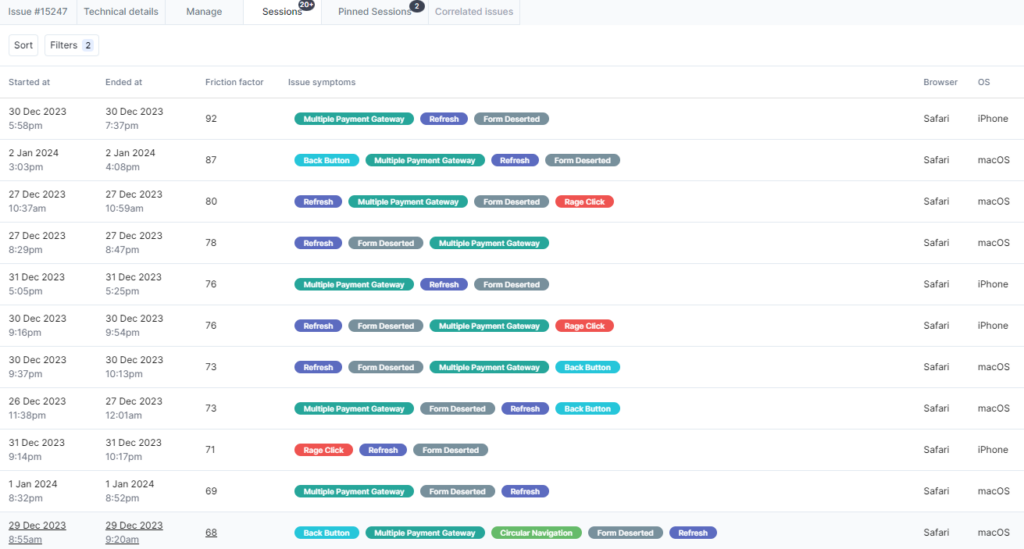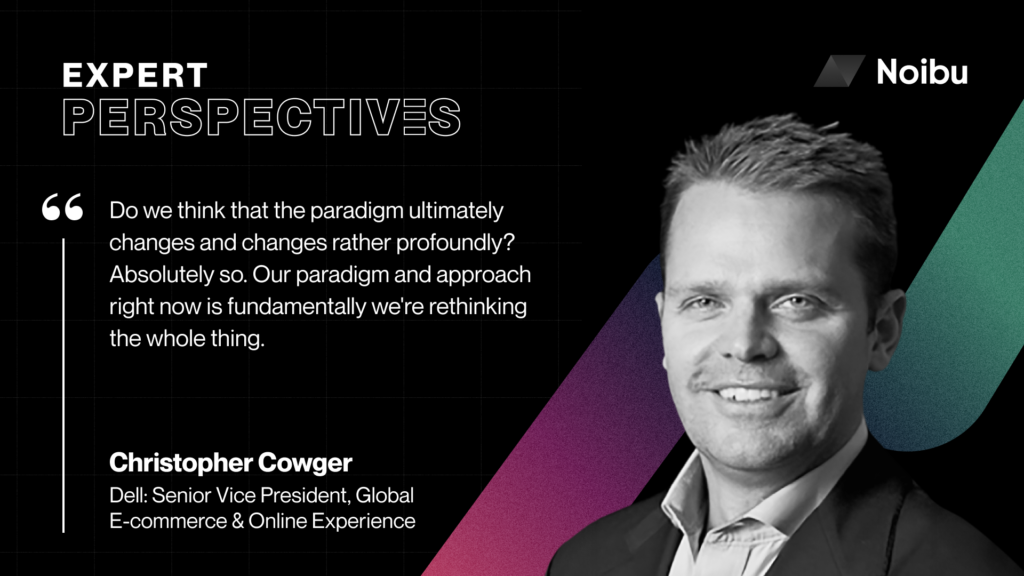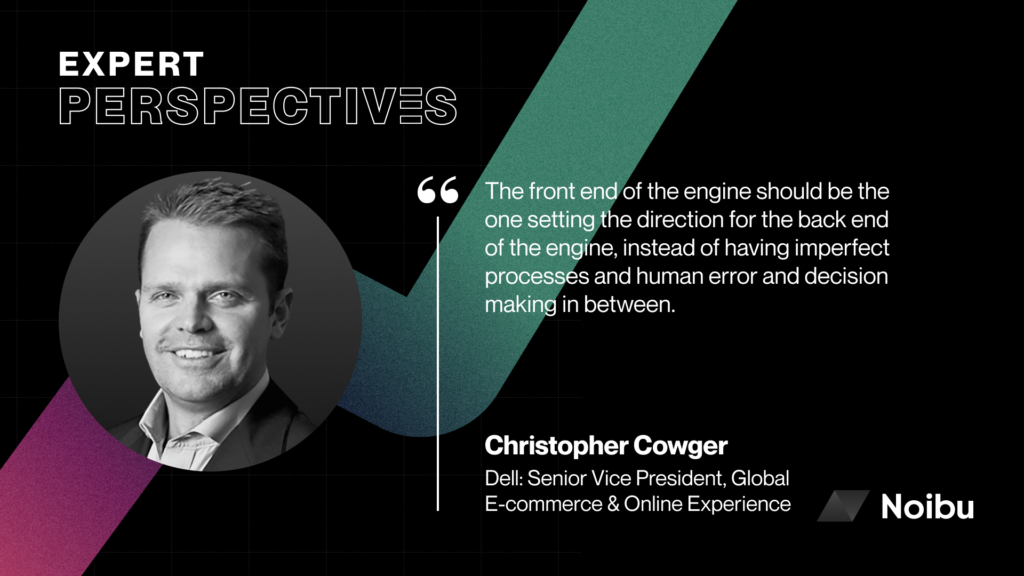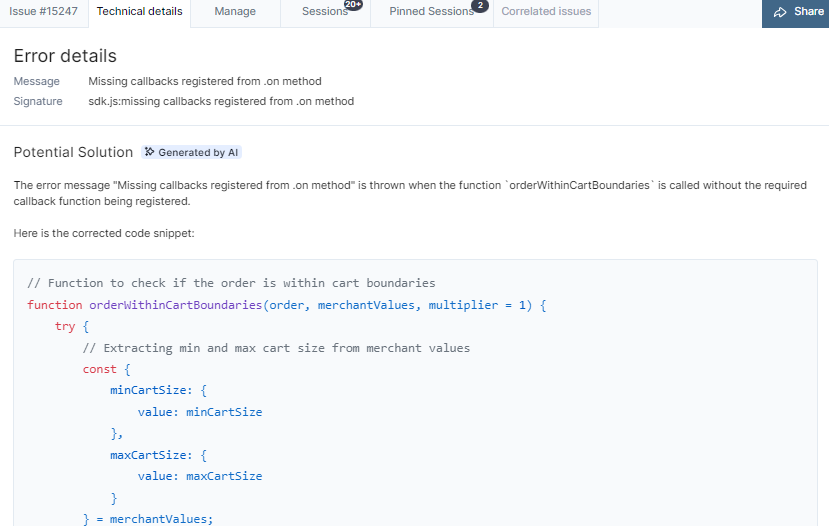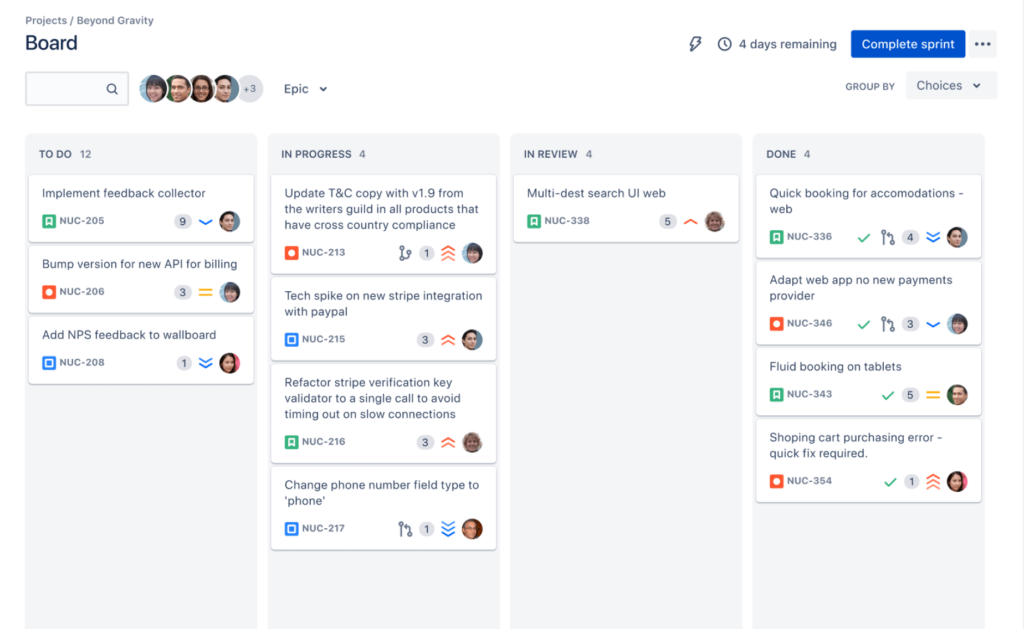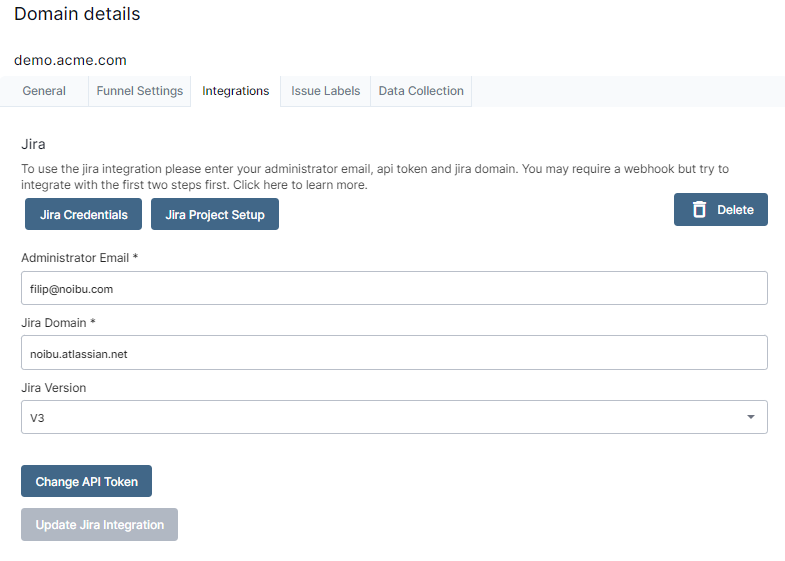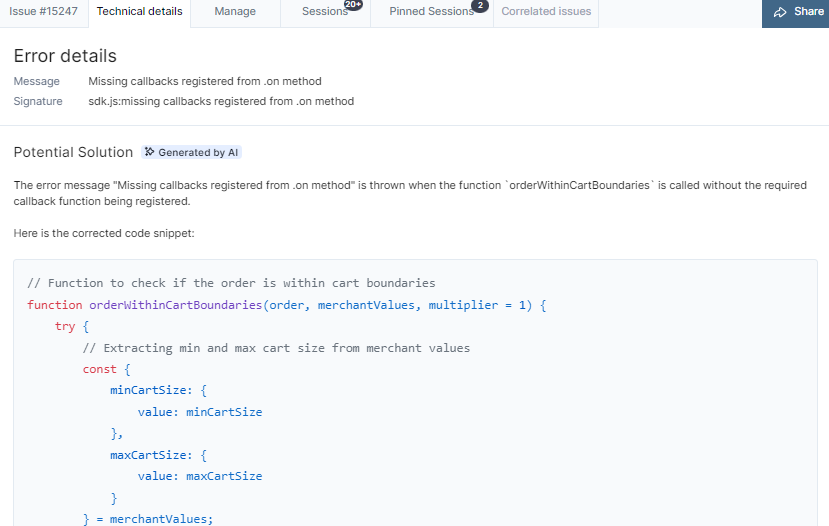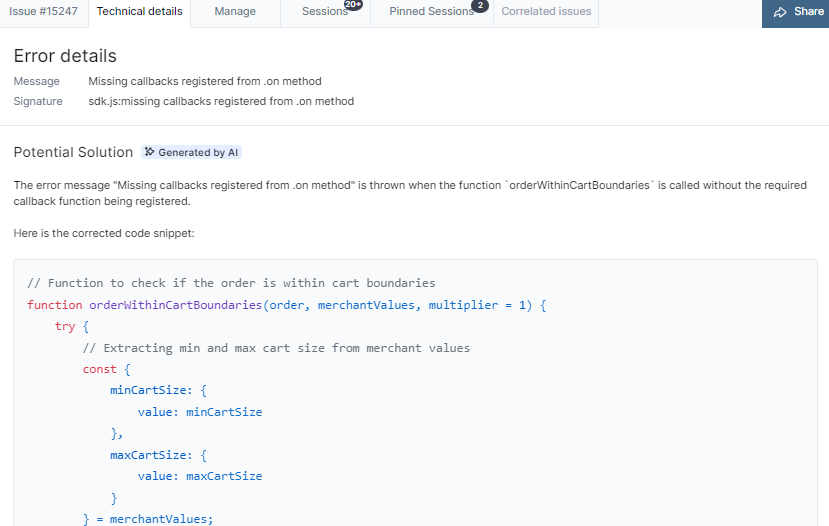In today’s workplace, your biggest asset isn’t money, it’s mindset! Leaders who can coach & develop their teams to be mentally strong will thrive as the world changes.
In this episode of The E-commerce Toolbox: Expert Perspectives, host Kailin Noivo is joined by April Sabral, CEO at April Sabral Leadership and Founder at Retailu. Together, they explore the evolving leadership landscape in retail, emphasizing the importance of mindset training and development for retail leaders, and their role towards embracing technological advancements. She also highlights strategies for fostering engagement, retaining talent, and avoiding common hiring mistakes in the rapidly evolving retail industry.
The Importance of Mindset
Mindset is a competitive advantage. April speaks to the importance of the need for leaders to cultivate a positive mindset and be able to solve problems positively. A negative mindset can be demotivating for teams, hence, Self-awareness is key. Leaders should be aware of their negativity and be willing to work on changing it.

Ever feel stuck in a negative thought loop? April suggests a simple but powerful tool for leaders: journaling. Writing down your negative thoughts can help you release them and see things from a brighter perspective. By reframing those thoughts in a more positive light, you can boost your overall mood and become a more effective leader.
Leadership Strategies for the New E-commerce Landscape
In the fast-paced world of e-commerce, where technological advancements and market disruptions are the norm, maintaining a positive leadership culture is essential for success.
April Sabral, with her extensive background in retail, coaching, and leadership, brings a wealth of experience to the table. From her early days working in a retail store to leading 250 stores at David’s Tea, April has seen the industry evolve firsthand. However, it was her experience at David’s Tea that sparked the idea for Retailu, an online learning platform designed to empower field leaders with essential soft skills.
According to April, “…there’s a real desire and need to switch back into that people-first model.”
Reflecting on the changes in retail leadership over the past decade, April highlights a shift in priorities. While technology once took precedence, the focus is now returning to people’s development. With junior leaders rising to the forefront post-COVID, there’s a growing need for essential leadership skills like decision-making, team management, and resilience in the face of ambiguity.
Hence, it is now important more than ever to invest in training and development to set employees up for success and address knowledge gaps. And importantly, focusing on coaching and development is key to help employees adapt to change and maintain a positive mindset.
Employee Engagement as a Retention Strategy
When it comes to talent retention, April highlights two key factors: positive relationships with leadership and clear career pathways.
Engagement is key. Employees who feel connected to their work and their colleagues are more likely to stay. Hence, leaders should make an effort to provide clear career paths and opportunities for growth. Employees want to feel like they are progressing in their careers.
Navigating the challenges of remote work, hybrid teams, and increased expectations requires innovative approaches to leadership. April emphasizes the importance of fostering creativity, maintaining clear expectations, and facilitating meaningful connections among team members. Strategies like virtual brainstorming sessions and social gatherings help bridge the gap and keep teams engaged in a remote environment.
“So we had ways to make sure that we were keeping people engaged, keeping people positive, recognised, keeping people accountable and following up. So I think that’s a big one. And also like managing time like everybody is starved for time.”
Key Mistakes That E-commerce Leaders Should Avoid
April emphasizes two key pitfalls that leaders in the industry should steer clear of to foster success in their teams.
1. Assuming Competence Without Clarity
A prevalent mistake April observes is the tendency for leaders to assume that their team members inherently understand their roles and responsibilities. This assumption often leads to ambiguity and unmet expectations that hinder team performance and growth. Hence, clear communication, and investing in proper training ensures everyone is on the same page and sets them up for success.
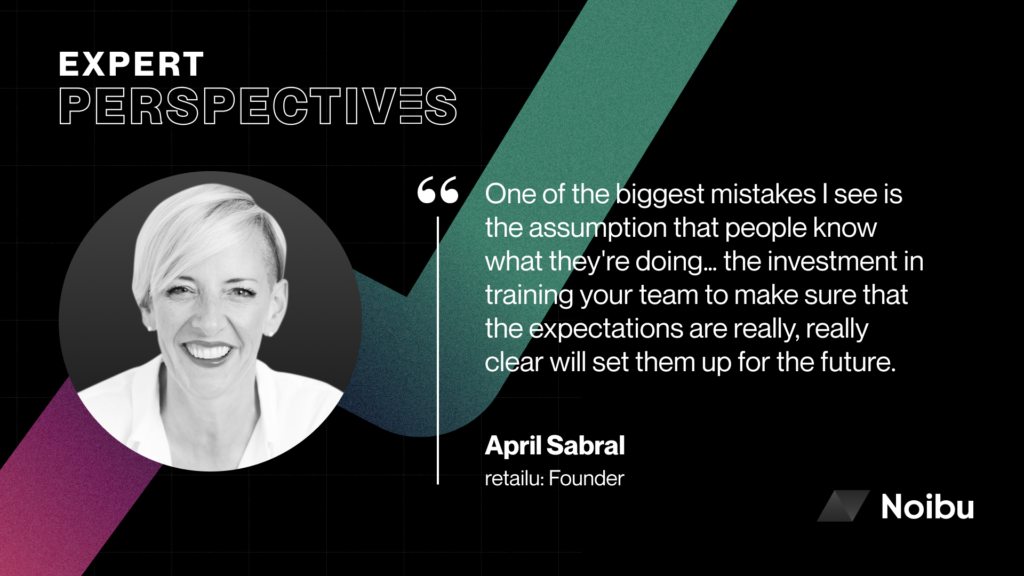
2. Relying Solely on Monetary Incentives
April cautions against the misconception that throwing money at employees is a sustainable solution for motivation and retention. While financial incentives may yield short-term results, they rarely address underlying issues or foster long-term engagement. Instead, April suggests that leaders focus on creating a supportive and growth-oriented work environment. They can do this by offering opportunities for skill development, career advancement, and meaningful recognition, to cultivate a culture where employees feel valued, motivated, and invested in the organization’s success.
“So I don’t think throwing money at people motivates people to stay and continue to grow. It does for a short period of time, but it never solves the problem. So I think that’s a problem.”
Listen to the Full Episode Below!
Tune in to this episode of The E-commerce Toolbox: Expert Perspectives with April Sabral and Kailin Noivo to learn more about Leadership Strategies for the New E-commerce Landscape:
Apple: https://apple.co/3wspAqG
Spotify: https://spoti.fi/4bbmDKn



